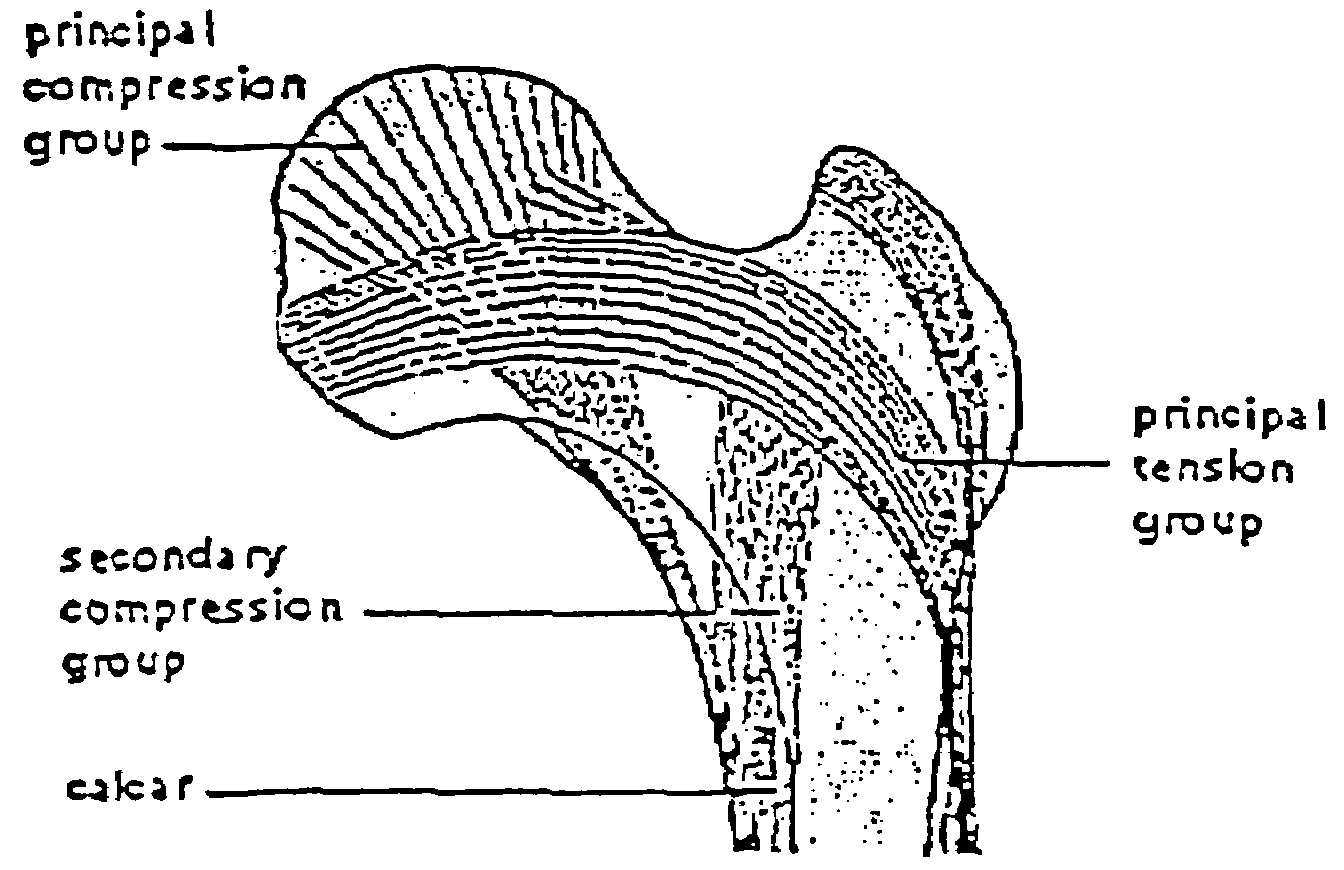Non-destructive method for evaluating the strength of cancellous bone
a cancellous bone and strength technology, applied in the direction of instruments, structural/machine measurement, diagnostic recording/measuring, etc., can solve the problems of particular specimens being destroyed and the method is impracticabl
- Summary
- Abstract
- Description
- Claims
- Application Information
AI Technical Summary
Benefits of technology
Problems solved by technology
Method used
Image
Examples
example
[0025]This example illustrates the compressive testing of a number of machine-cut, chamfered, rectangular, freeze-dried cervical spacer implant specimens (from 5 donors) to demonstrate the relationship between their apparent density and compressive strength. Two groups of specimens were tested:[0026]11 mm×14 mm×5 mm (L×W×H), V.I. treated, freeze-dried, machine-cut dense cancellous[0027]11 mm×14 mm×13 mm (L×W×H), V.I. treated freeze-dried, machine-cut dense cancellous
[0028]The test specimens were placed in physiological saline at ambient temperature for 30 minutes prior to testing. Compressive tests were performed no more than 5 minutes from the time that each specimen was removed from the saline fluid. Specimens were preloaded (under load control) to 10 N of compressive load. Machine axial displacement was then zeroed at this preload.
[0029]The testing equipment used was the MTS model 858 Bionix materials testing system. The system load cell (±100 kN) operated in the ±10 kN load rang...
PUM
| Property | Measurement | Unit |
|---|---|---|
| total displacement | aaaaa | aaaaa |
| total displacement | aaaaa | aaaaa |
| total displacement | aaaaa | aaaaa |
Abstract
Description
Claims
Application Information
 Login to View More
Login to View More - R&D
- Intellectual Property
- Life Sciences
- Materials
- Tech Scout
- Unparalleled Data Quality
- Higher Quality Content
- 60% Fewer Hallucinations
Browse by: Latest US Patents, China's latest patents, Technical Efficacy Thesaurus, Application Domain, Technology Topic, Popular Technical Reports.
© 2025 PatSnap. All rights reserved.Legal|Privacy policy|Modern Slavery Act Transparency Statement|Sitemap|About US| Contact US: help@patsnap.com



